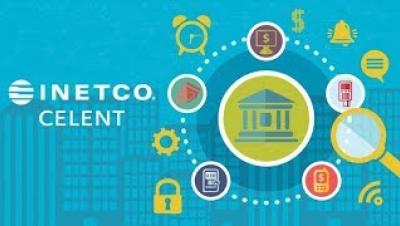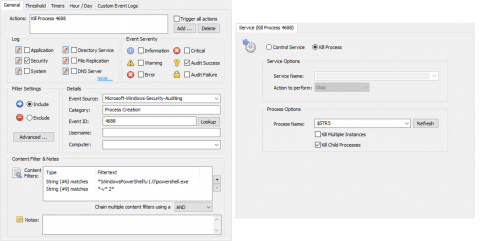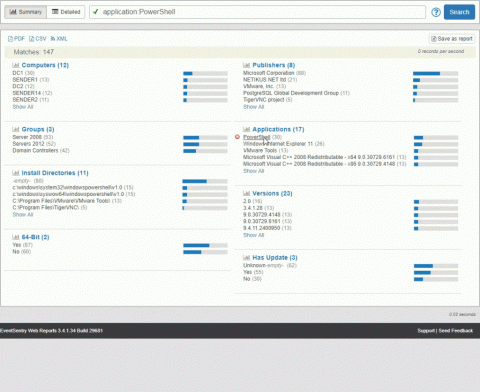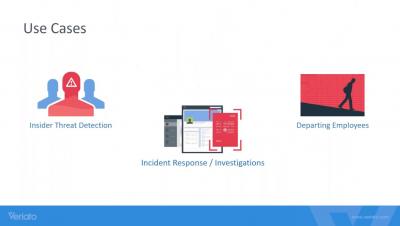Security | Threat Detection | Cyberattacks | DevSecOps | Compliance
%term
Celent & INETCO Webinar: Is Real-Time Data Necessary in Retail Banking?
From PowerShell to p@W3RH311 - Detecting and Preventing PowerShell Attacks
In part one I provided a high level overview of PowerShell and the potential risk it poses to networks. Of course we can only mitigate some PowerShell attacks if we have a trace, so going forward I am assuming that you followed part 1 of this series and enabled: Module Logging, Script Block Logging, Security Process Tracking (4688/4689)
From PowerShell to P0W3rH3LL - Auditing PowerShell
Imagine someone getting the seemingly innocent ability to run a couple of commands on a machine on your network WITHOUT installing any new software, but those commands resulting in a reverse shell running on that same machine – giving the intruder a convenient outpost in your network. Now stretch your imagination even further and pretend that all of this happens without leaving any unusual traces in logs – leaving you completely in the dark.
Security 101: 7 Tips Every Young Startup Needs to Keep Itself Safe
There are many managerial and operational tasks required to successfully grow a startup business. One of the biggest mistakes startup businesses make is neglecting to safeguard their data from cyber threats. Some studies show that 200,000 new malware samples were discovered each day in 2016. Unfortunately, analysts expect this number to increase as more businesses use cloud storage and other internet services. Safeguarding your online information is paramount to setting up your business for success.
Adoption of the Public Cloud in the Financial Services Industry
Cloud computing is not a new name anymore, and its adoption is growing consistently across various industries. Public cloud is a disruptive technology, irresistible to the Financial Services Industry (FSI) due to its tremendous benefits, including agility, elasticity, time to market and on-demand provisioning, to name a few. However, there are genuine concerns about the cloud’s adoption in FSI, and cloud providers are also innovating to meet the challenges faced by FSI.
Security concerns and solutions for staying HIPAA compliant
While HIPAA itself isn’t broken out into separate objectives for each stakeholder in the organization, stakeholders each have different needs around the goal of adhering to HIPAA.
Effective Incident Response With Veriato 360
Expert advice on HIPAA data security
The biggest challenge in ensuring HIPAA data security is people. At its core, HIPAA compliance is simply about maintaining patient privacy by ensuring the appropriate access to and use of patient data by your users.










